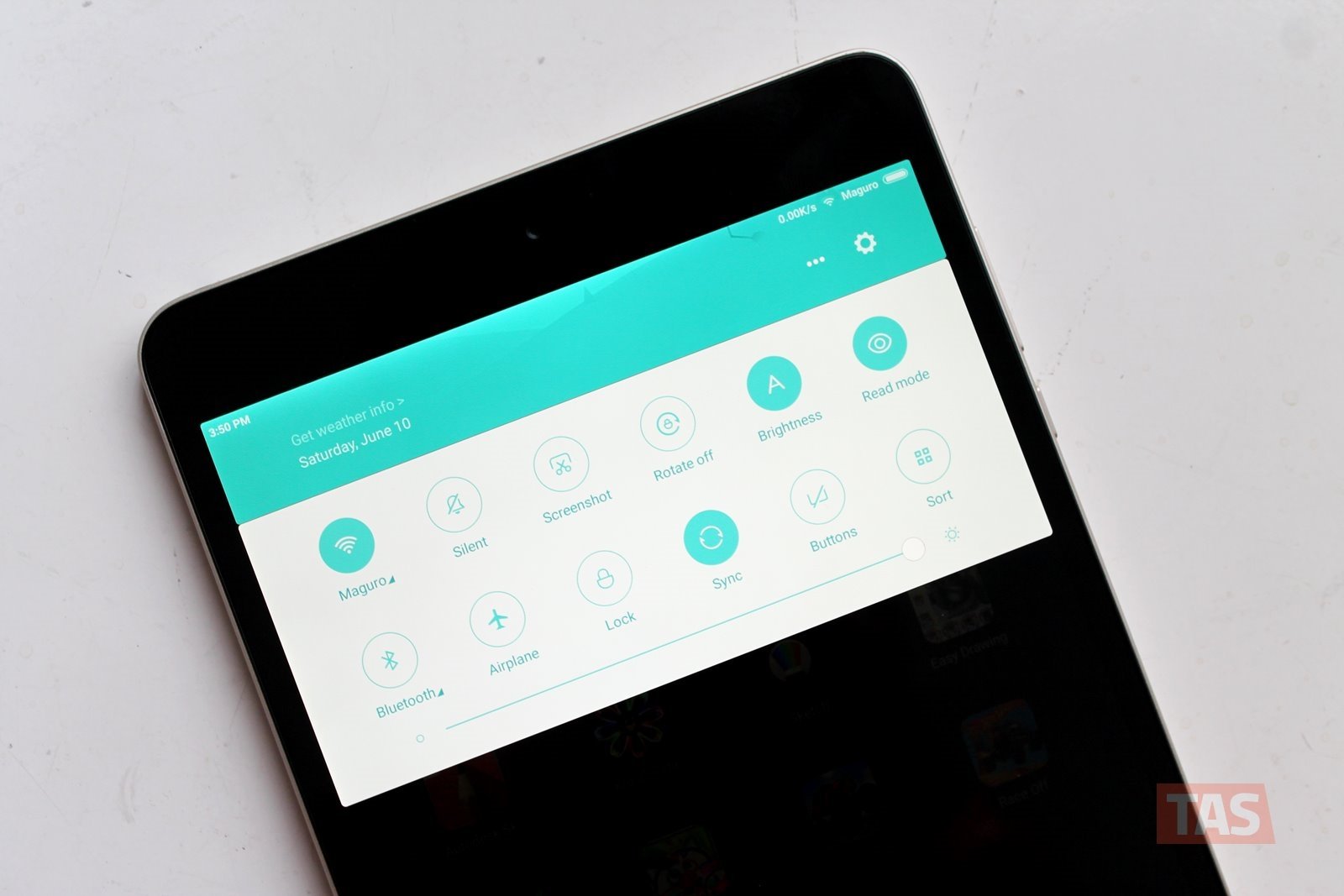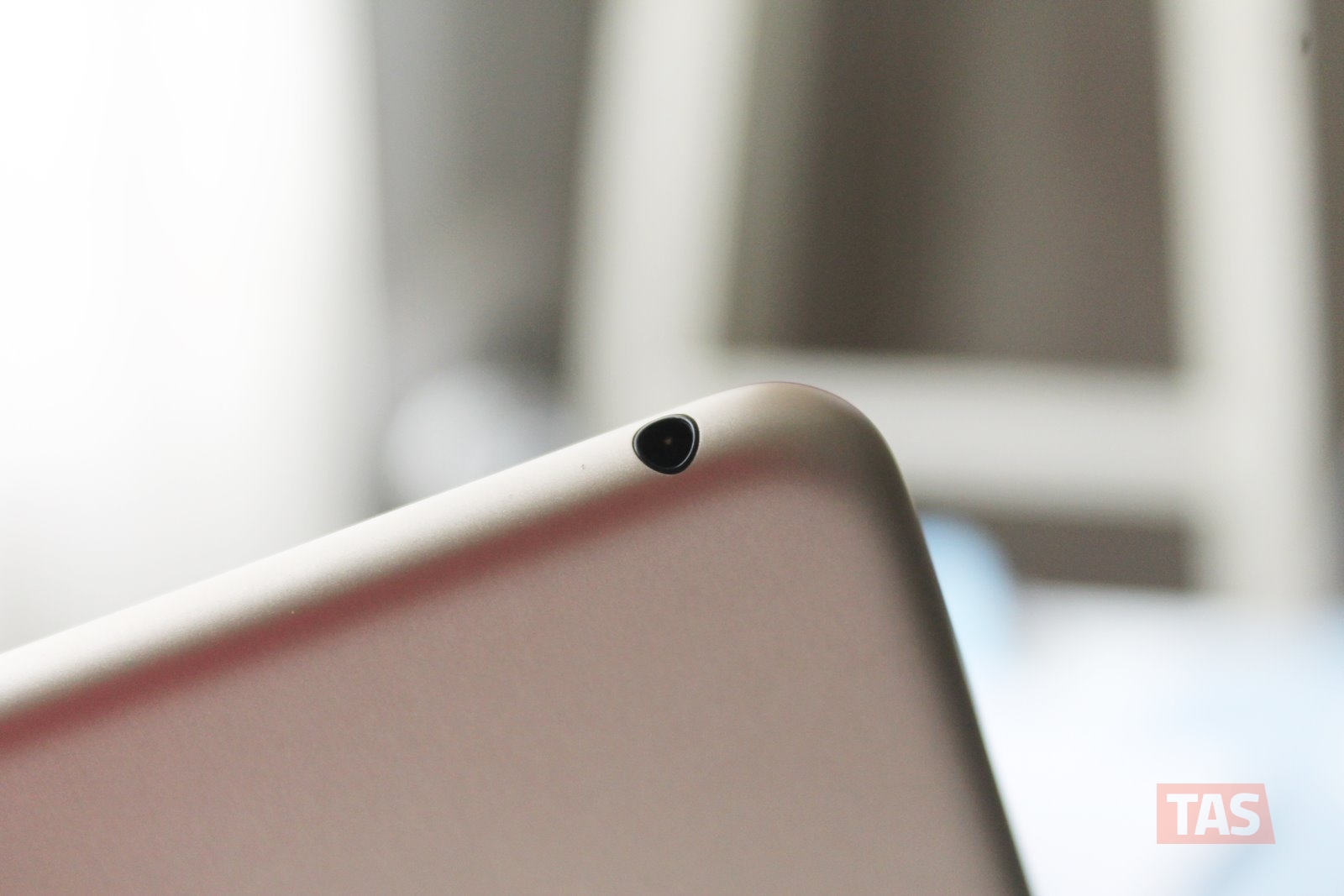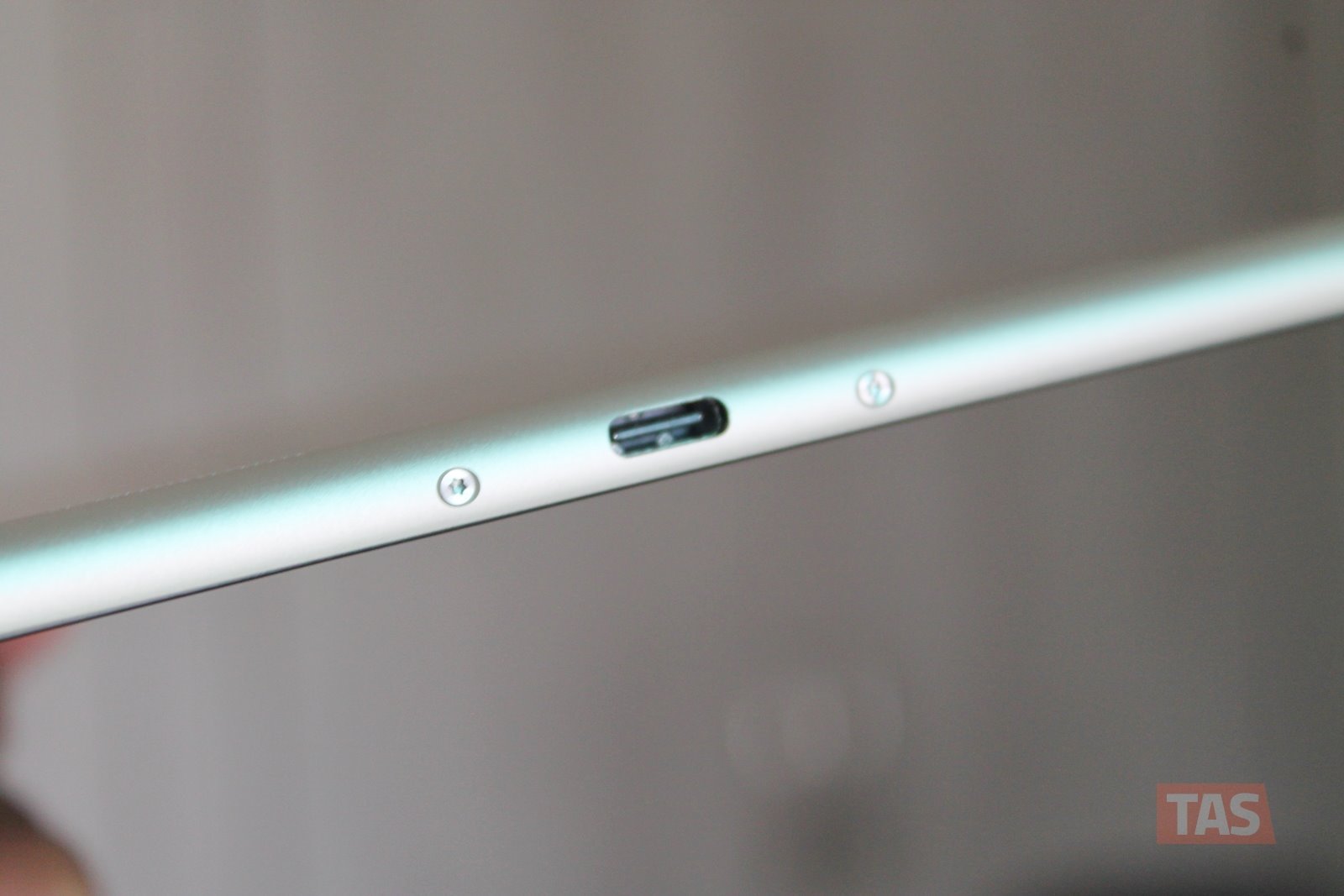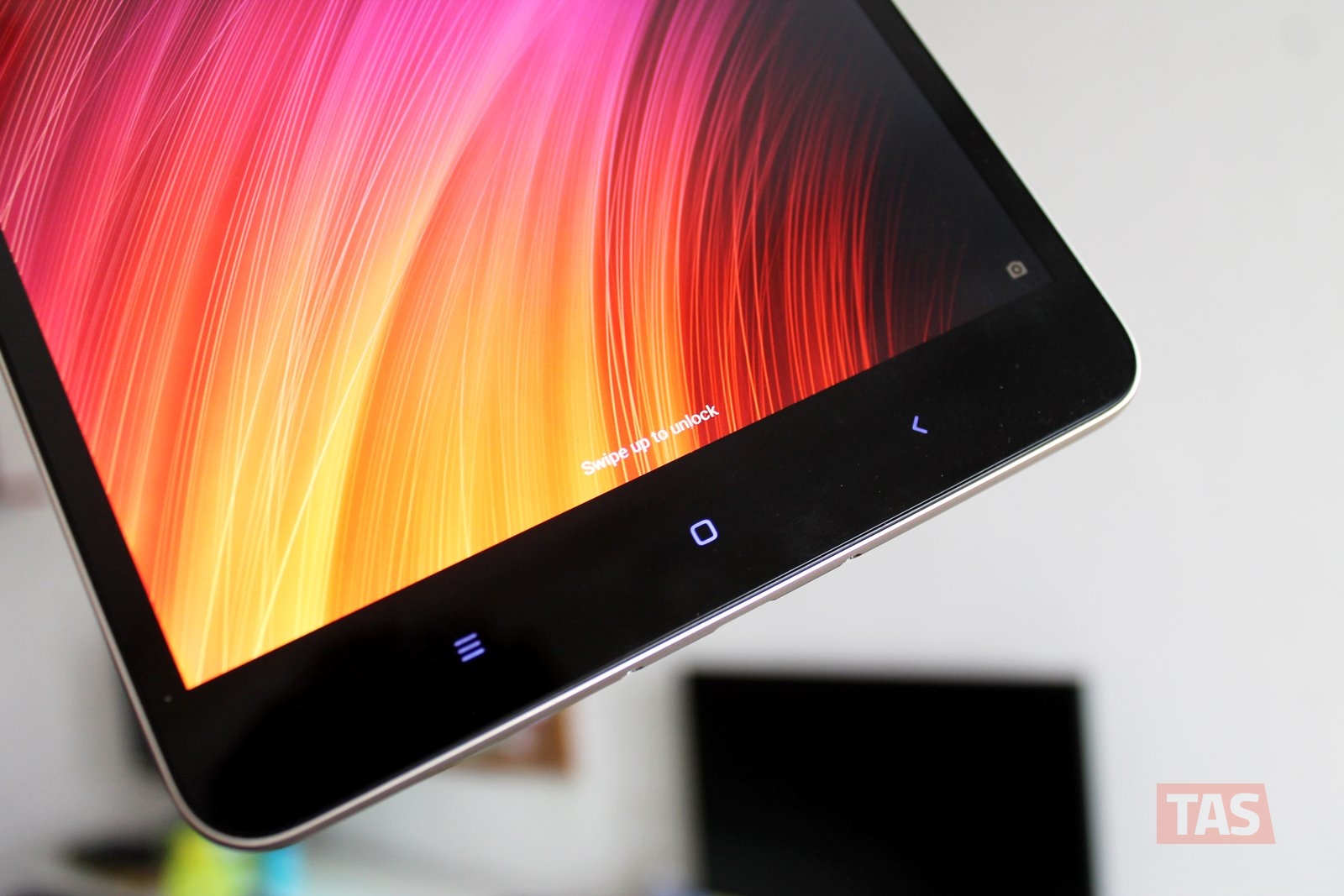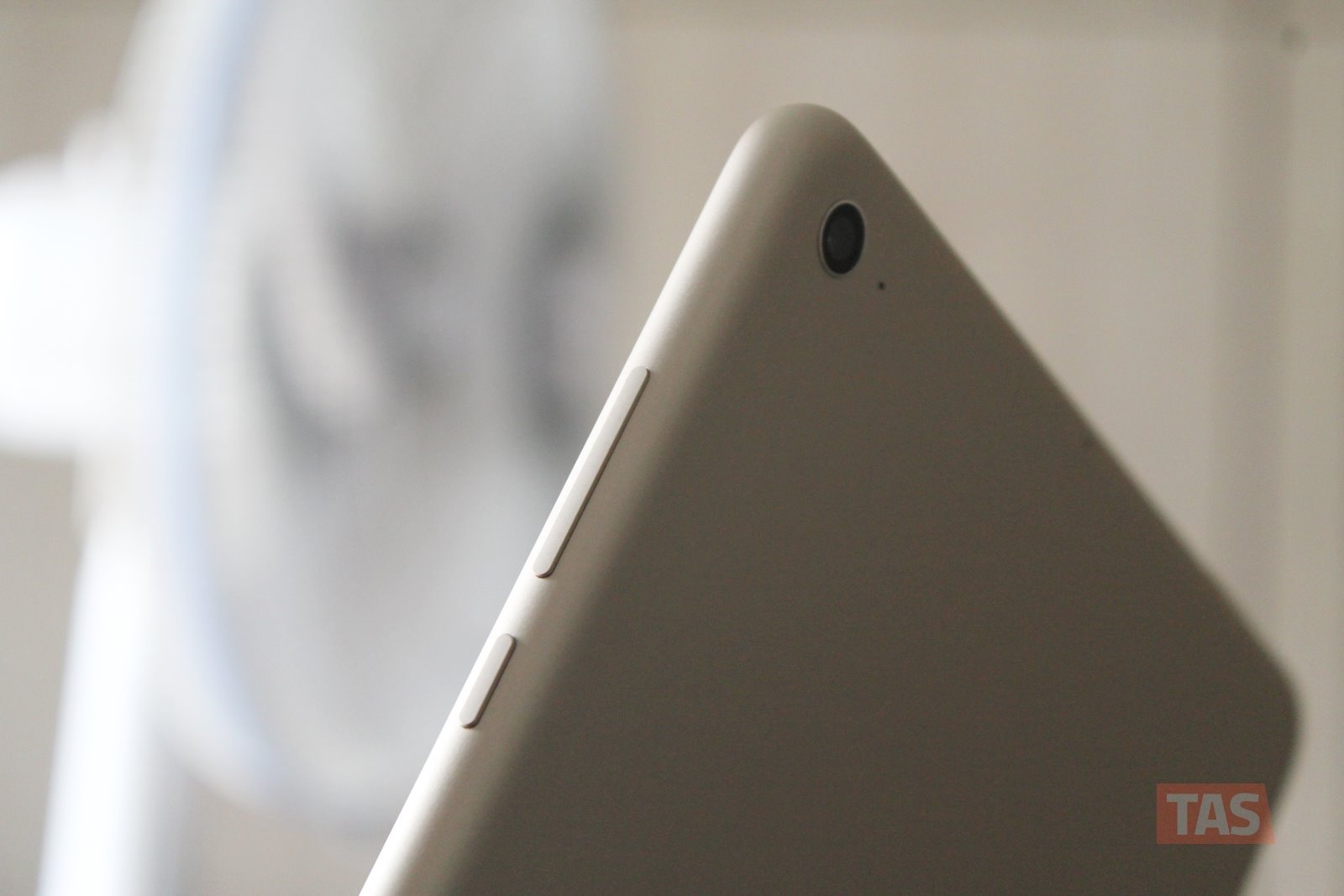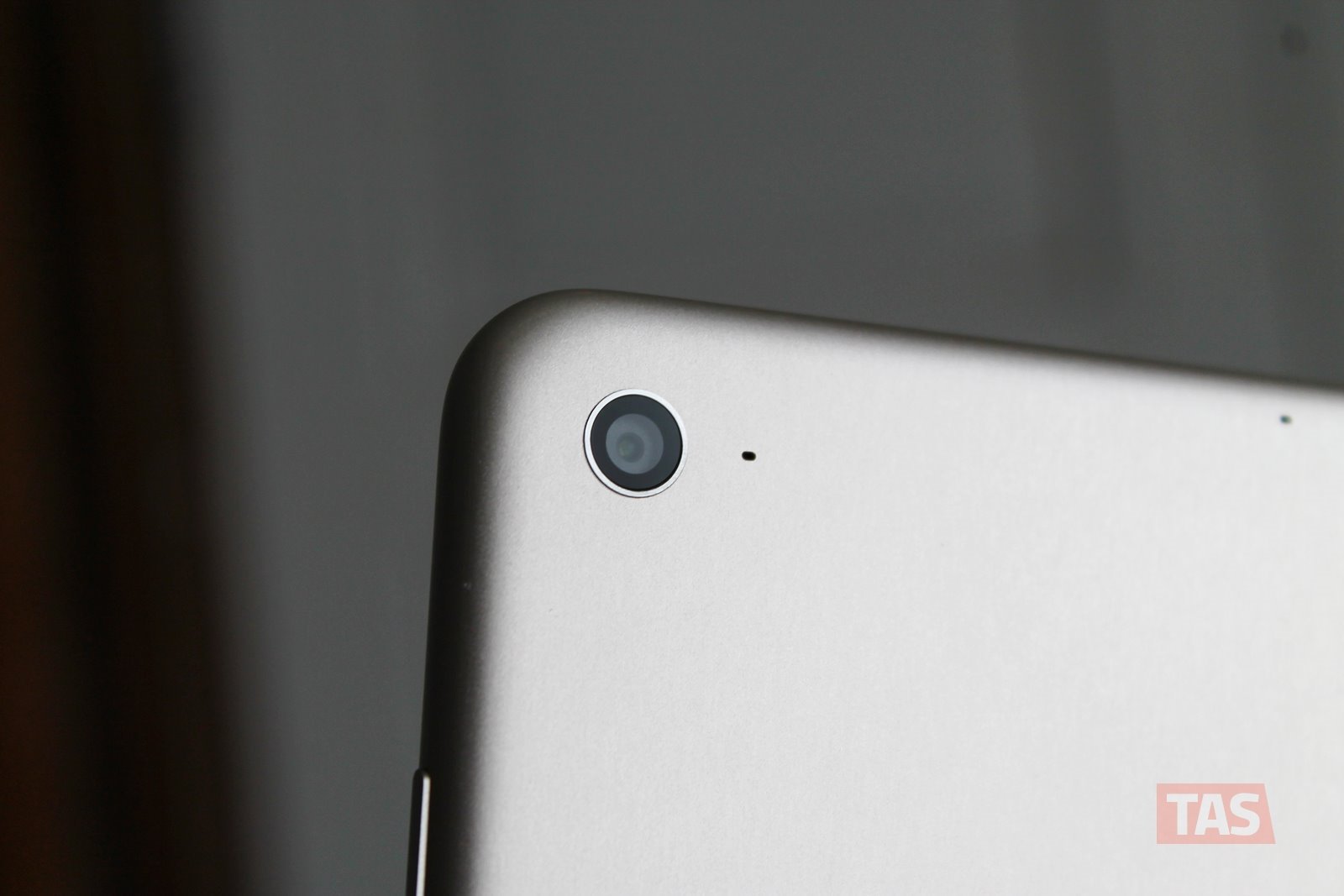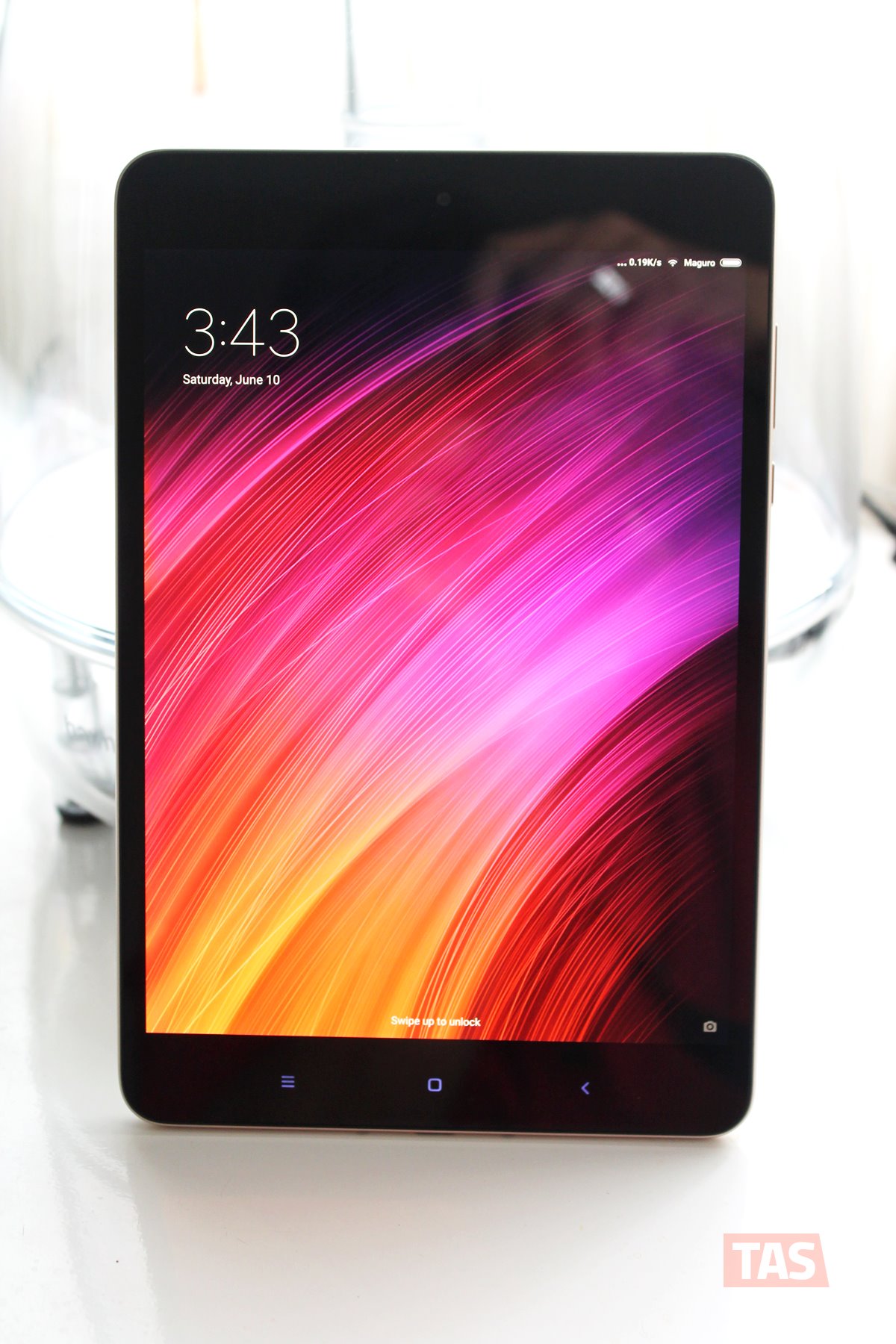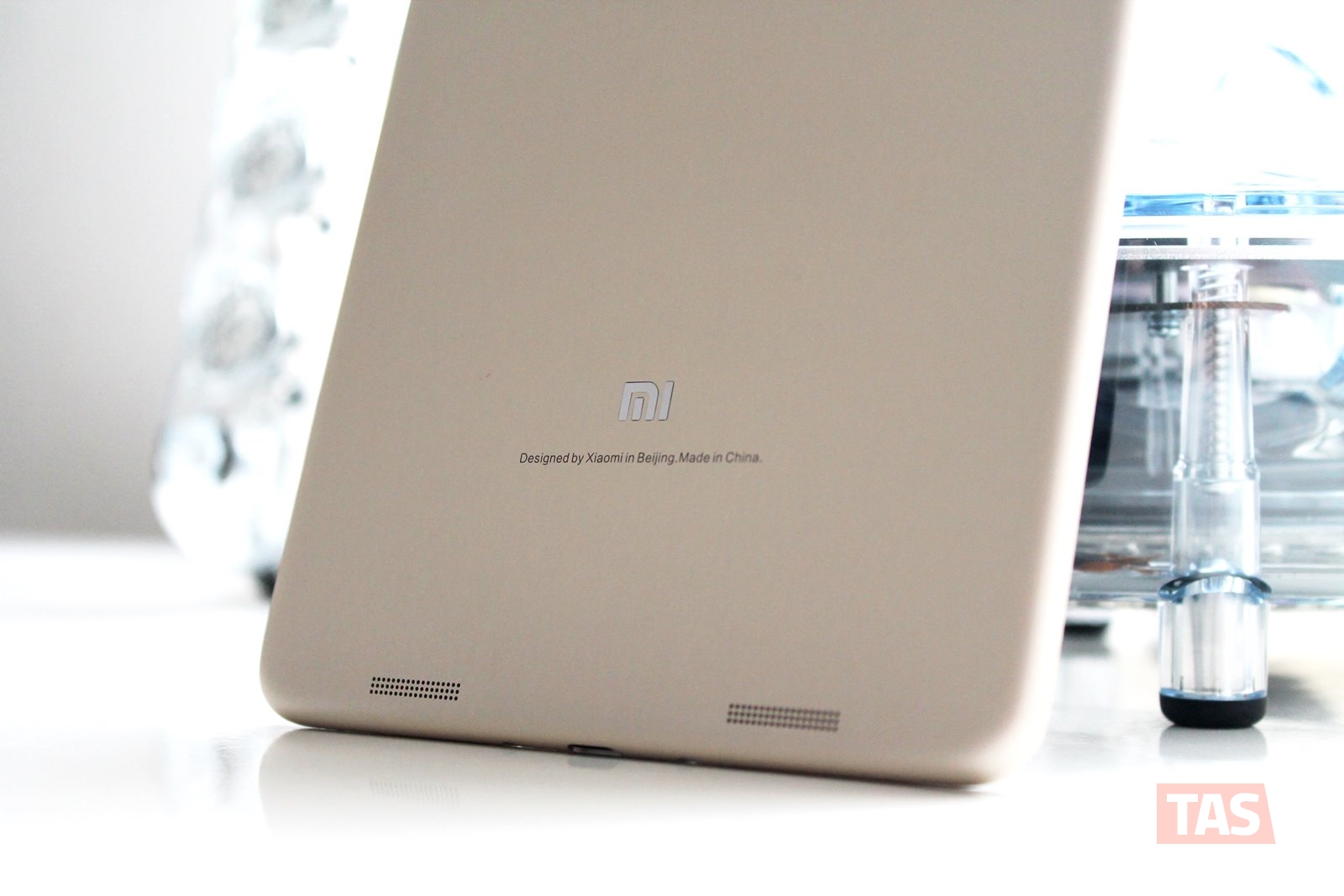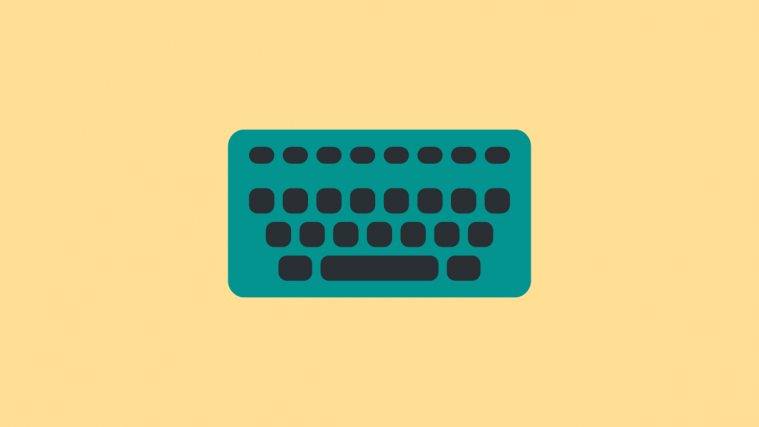When the first Mi Pad was unveiled from Xiaomi back in 2014, it left quite an impression in the tablet space. The original Mi Pad was powered by Nvidia’s famed Tegra K1 chipset and it ripped apart even the iPad in benchmarks back then. Such was the craze with that tablet, that it is still listed on Xiaomi’s website today. We’ve come a long way since then with the third iteration coming along as the Mi Pad 3.
The Mi Pad 3 has been cut down in thickness but the screen size, resolution and battery remain pretty much the same as the original. What’s changing this time is that the Mi Pad 3 has a lot more horsepower. We’ll try to give you a brief, in-depth review on different areas of the tablet.
Software
The Mi Pad 3 rocks MIUI 8 out of the box and things are looking good with Android 7.0 Nougat. But there’s also a minor problem that you may have noticed if you already own another Xiaomi device. MIUI 8 sitting atop Nougat is not that different from MIUI 8 on Marshmallow, or even Lollipop for that matter.
This leaves the user wondering if there are any visual changes worth seeing with the upgrade. Truth is, there are some major changes, but Xiaomi’s skin covers up most of that stuff. But you may not need to worry about that for long, as MIUI 9 is expected to bring a complete visual overhaul.
MIUI 8 in general, comes bundled with loads of useful features, which you may end up using more than you think. For example, the calculator and a converter are bundled into one app, the ability to run two instances of apps at once, a nifty quick ball for easy navigation (useful for the 7.9-inch Mi Pad 3), caller ID functionality similar to Truecaller and so on. So, we’re not trying to discredit MIUI in any way either as you can see it’s pretty good in its own way.
Performance
Continuing on that tangent, performance has received quite the boost thanks to Nougat’s many under-the-hood improvements. So, even if it wasn’t visually different from the previous version you’ll still see smoother performance and improved battery life.
The Mi Pad 3 is powered by the hexa-core MediaTek MT8176 chipset which is a lot similar to the Snapdragon 650 SoC, with the main difference being that the A72 Cortex cores in the MediaTek SoC are clocked higher at 2.1GHz. MediaTek even advertises this chipset for premium tablets and HDTV media player products, so this leaves you with a lot of firepower when you need it for gaming and the like.
The tablet also has 4GB of RAM on board to fulfill all your multitasking needs. GPU performance is taken care of by the PowerVR GX6250 processor.
Build
At 7mm thickness, the Mi Pad 3 has a very sleek profile. The screen to body ratio is also decent at 71%, with moderately thin side bezels. The tablet weighs 328g which isn’t on the heavy side either. Xiaomi has packed in a USB type-C connector at the bottom thereby enabling faster charging too.
And yes, the Mi Pad 3 also sports a 3.5mm headphone jack, which is sadly now an endangered species. You also get Xiaomi’s three hardware soft buttons for navigation down at the button and these are illuminated with the help of a back-light too. The Mi Pad 3 is available in Champagne Gold color for now. The tablet is based on an all-metal build so it may tend to be slippery at times, if you were to hold it in one hand.
Battery
The 6600mAh does a good job of keeping the Mi Pad 3 up and running for more than a day of heavy use. Combine this with fast charging and the Mi Pad 3 can be your very own companion for when you’re on the go. Xiaomi claims you can get around 8 to 12 hours of screen-on-time, which is standard for a tablet of this caliber.
Camera
Coming to the camera, the tablet features a 13MP main shooter on the back, pushed to the top left corner and a 5MP front camera which does a pretty good job for those occasional Skype calls. You can take decent pictures with the Mi Pad 3 tablet, but it’s always a bit odd to walk around trying to take pictures with a tablet anyway.
Display
Display quality has been going strong for about three years now. Starting with the first gen Mi Pad, the resolution has stayed at a solid 1536 x 2048 pixels giving you a crisp 326PPI, which is good for a tablet to be honest. Xiaomi has used an IPS LCD panel here so you won’t be seeing any deep blacks or saturated colors that you get with an AMOLED display. Nevertheless, this IPS panel is also pretty good so you’re not losing anything technically.
Verdict
To conclude, the Mi Pad 3 is a solid performer with a good enough specsheet for the price you’re paying, which is 1499 Yuan (Approx. $220). Most other OEMs charge a lot more than that for the same performance so you’re in for a win-win situation if you opt to purchase the Xiaomi Mi Pad 3. Let’s not forget that Xiaomi also sells loads of accessories that fit in perfectly with your tablet and even a Xiaomi smartphone (if you have one that is). So, you should have a pretty tight integration in the Mi ecosystem of devices.
→ Buy Xiaomi Mi Pad 3 (Use coupon Gearbest01 to get it for $218.99)
Check out the GearBest’s deals page here for more tablet related offers.



